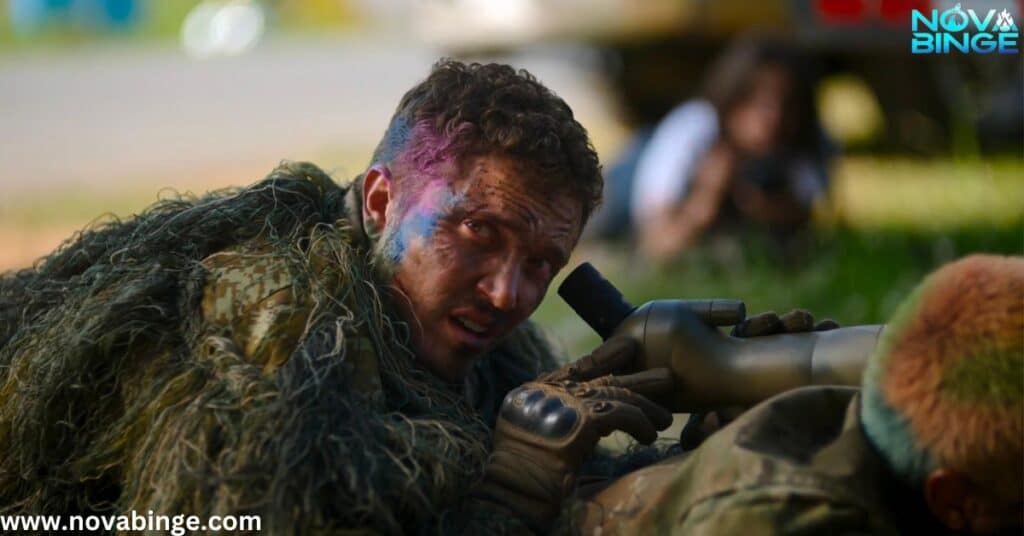In the world of filmmaking, location can be as crucial as the script itself. Alex Garland’s “Civil War” takes viewers on a harrowing journey through a fractured America, and the filming locations play a pivotal role in bringing this dystopian vision to life.
From the streets of Atlanta, Georgia to the iconic landmarks of Washington D.C., let’s explore the real-world canvas that shaped this thought-provoking film.
The Heart of the Production: Atlanta’s Cinematic Transformation
Atlanta, Georgia served as the primary hub for Civil War filming, transforming the city into a backdrop of societal upheaval. But why Atlanta?
The city’s diverse architecture and adaptable urban landscape made it an ideal chameleon for various American locales.
Neighborhoods in the Spotlight
- Castleberry Hill: This historic district became a hotbed of guerrilla warfare scenes.
- Midtown: Its sleek high-rises doubled as corporate strongholds.
- Old Fourth Ward: The birthplace of Martin Luther King Jr. lent authenticity to scenes of civil unrest.
“Atlanta’s versatility is unmatched. One street can be New York, turn a corner and you’re in Chicago,” shared location scout Samantha Reeves.
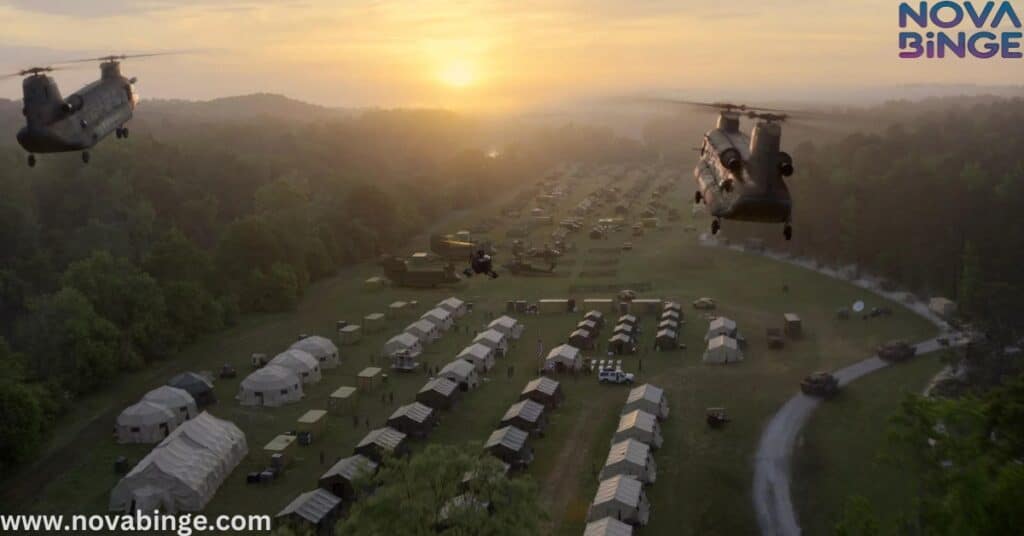
The production’s presence stirred mixed reactions among locals. While some embraced the economic boost, others grappled with traffic disruptions and the eerie sight of their hometown reimagined as a war zone.
Case Study: Stone Mountain Park
Stone Mountain Park, just outside Atlanta, played a crucial role in depicting rural conflict zones. Its vast open spaces and rugged terrain provided the perfect setting for intense battle sequences.
| Scene Type | Location | Filming Duration |
|---|---|---|
| Urban Warfare | Castleberry Hill | 2 weeks |
| Rural Battles | Stone Mountain Park | 10 days |
| Government Stronghold | Georgia State Capitol | 5 days |
London Calling: An Unexpected British Connection
Surprisingly, London, England played a significant role in bringing “Civil War” to life. But why cross the pond for an American story?
- Tax Incentives: The UK’s film-friendly tax policies made it an attractive option.
- Studio Facilities: World-class soundstages at Pinewood Studios provided controlled environments for interior shots.
- Versatile Architecture: London’s mix of historical and modern buildings could stand in for various U.S. cities.
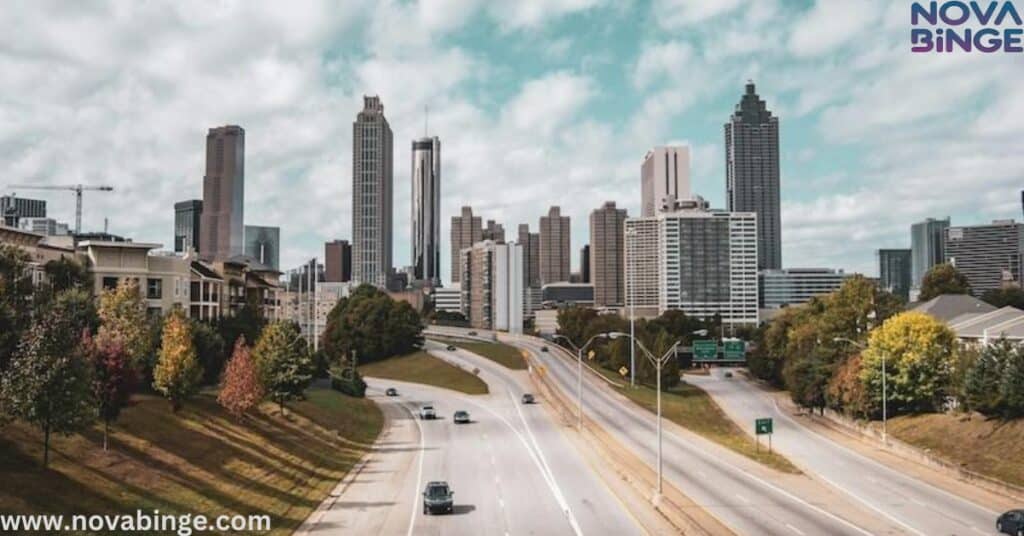
London’s American Makeover
- The brutalist architecture of the Barbican Centre doubled as a dystopian government complex.
- Canary Wharf’s sleek financial district became the backdrop for corporate America scenes.
- Greenwich’s Old Royal Naval College transformed into a makeshift military headquarters.
Read more about this: The Long Game (2024) Filming Locations and Cast Information
Kirsten Dunst, who plays a seasoned war photographer in the film, found the London shoot particularly challenging. “Pretending you’re in the heart of D.C. while Big Ben chimes in the distance requires some serious focus,” she quipped during a press junket.
Crafting Chaos in the Capital: Washington D.C.
While much of the film was shot elsewhere, key scenes set in Washington D.C. demanded on-location filming.
The logistical nightmare of shutting down parts of the capital city for a movie about its downfall was not lost on the production team.
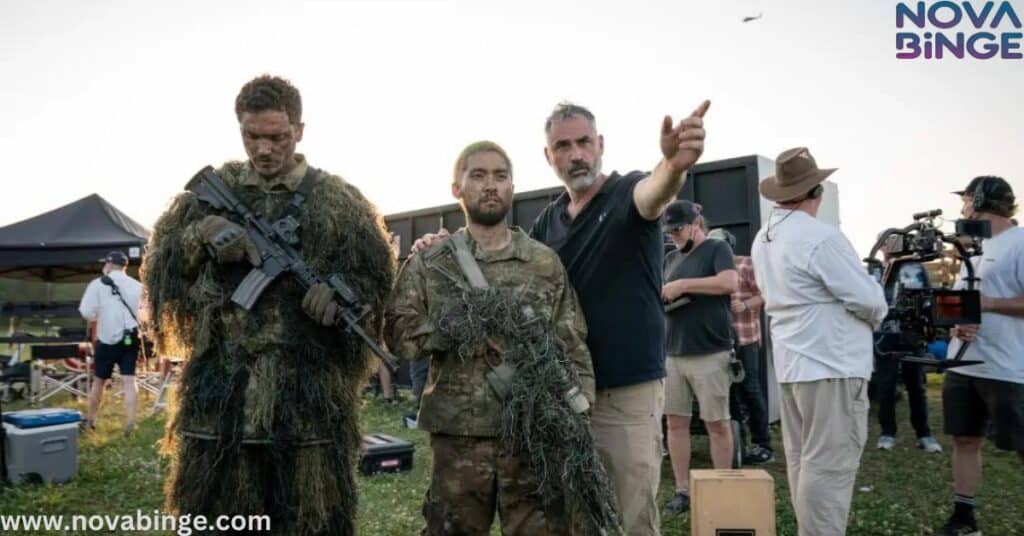
Iconic Landmarks Featured:
- The Lincoln Memorial: A poignant backdrop for scenes of national discord.
- The National Mall: Transformed into a battleground, symbolizing the heart of American democracy under siege.
- The White House: While exterior shots were limited, its presence looms large in the film’s narrative.
Lee Smith, the film’s editor, faced the daunting task of seamlessly blending footage from multiple locations. “The challenge was to make Atlanta, London, and D.C. feel like one cohesive world,” Smith explained.
“It’s a testament to the crew’s skill that most viewers won’t notice the geographical leaps.”
The Art of Recreating Pennsylvania Avenue
One of the most ambitious aspects of “Civil War” was the recreation of Pennsylvania Avenue. Rather than relying solely on the real location, the production team built a massive replica.
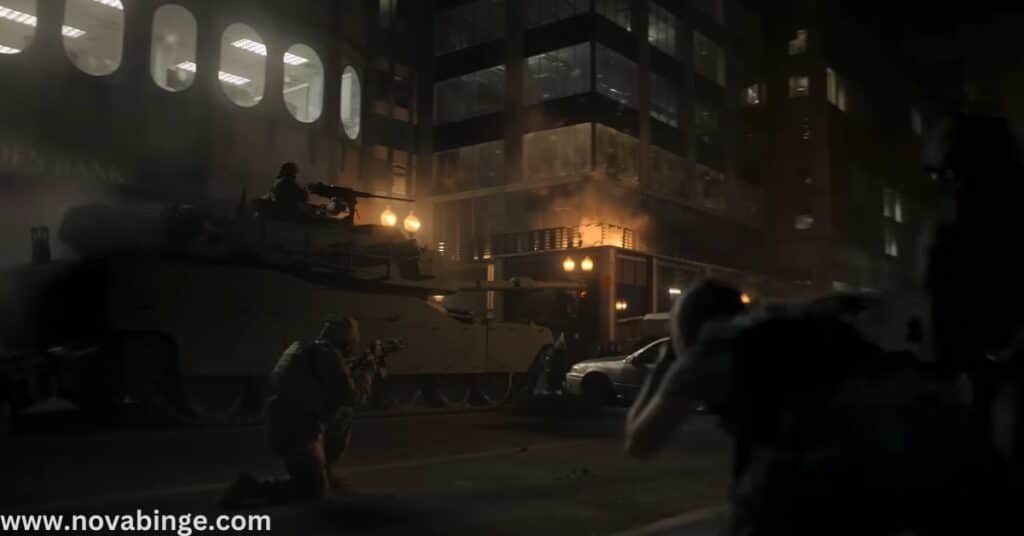
Building America’s Main Street
- A 500-foot stretch of road was constructed on a backlot in Atlanta.
- Façades of key buildings were meticulously recreated.
- Green screens were strategically placed to extend the set digitally in post-production.
This approach allowed for greater control over the filming environment and enabled the creation of large-scale action sequences that would have been impossible to shoot on the real Pennsylvania Avenue.
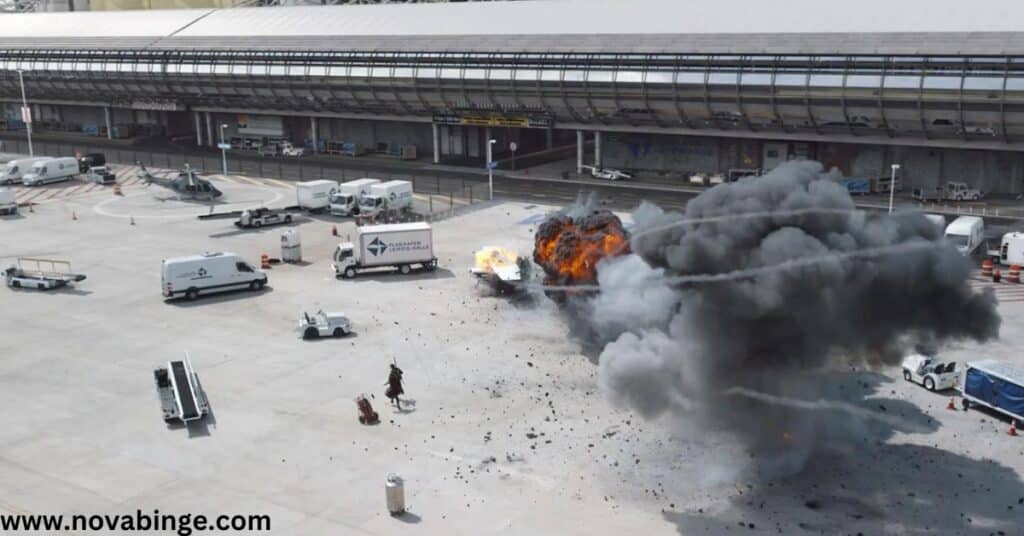
“It was surreal walking onto that set,” recalled Joel (Wagner Moura). “You felt like you were really there, right in the heart of D.C., but with the freedom to unleash cinematic chaos.”
On-Location vs. Studio Work: Striking the Balance
“Civil War” masterfully blends on-location shooting with studio work to create its immersive world. Here’s a breakdown of how the film achieved this balance:
| Filming Type | Percentage of Film | Key Advantages |
|---|---|---|
| On-Location | 60% | Authenticity, natural lighting |
| Studio | 40% | Controlled environment, complex setups |
The Power of Real-World Backdrops
Filming on location provided an unmatched sense of authenticity. The production team often had to work around real-world challenges, which paradoxically added to the film’s realism.
- Traffic Control: In Atlanta, entire streets were shut down, mirroring the film’s themes of societal disruption.
- Weather Woes: Unpredictable London weather forced quick adaptations, adding a layer of gritty realism to exterior shots.
- Public Curiosity: In D.C., crowds of onlookers became impromptu extras, their genuine reactions captured on film.
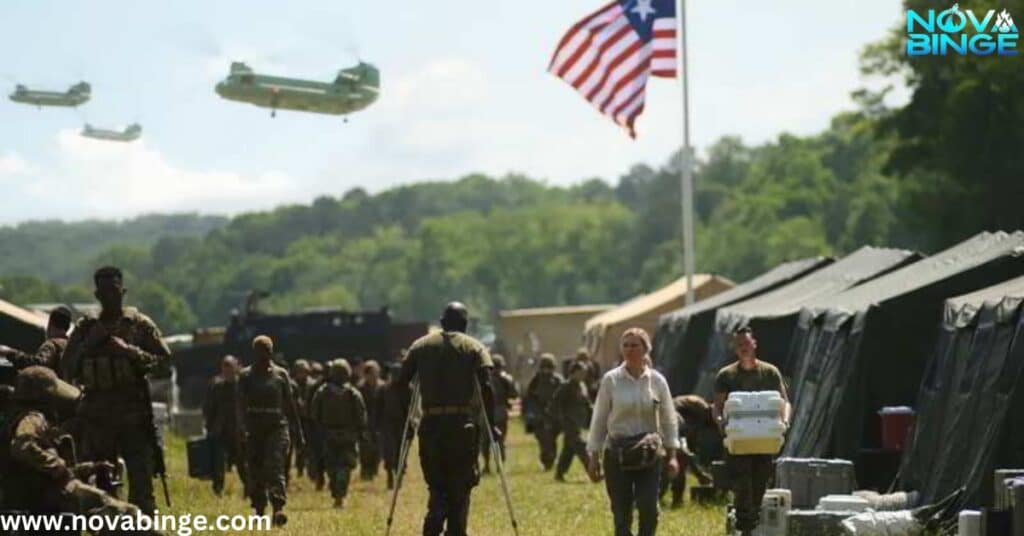
Studio Magic: Crafting the Impossible
While on-location shooting provided authenticity, studio work allowed for scenes that would be impossible or too dangerous to film in the real world.
- Explosive Sequences: Controlled environments enabled the safe execution of pyrotechnics.
- Intimate Moments: Soundstages provided the quiet needed for emotional character scenes amidst the chaos.
- Digital Extensions: Green screen work in studios allowed for the creation of vast cityscapes and battle scenes beyond what could be achieved on location.
The Local Economic Impact: A Silver Lining to Cinematic Chaos
The production of “Civil War” brought more than just Hollywood glamour to its filming locations. It injected significant economic benefits into local communities.
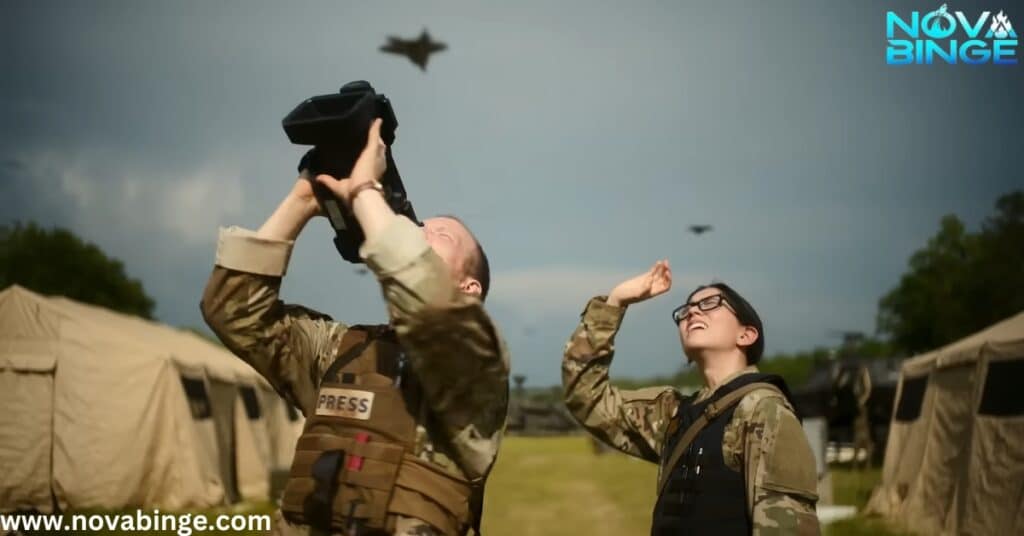
Job Creation and Skill Development
- Over 500 local crew members were hired in Atlanta alone.
- Workshops and training programs were set up, leaving a lasting impact on the local film industry.
Tourism Boost
Post-production, cities like Atlanta have seen an uptick in film tourism. Local tour companies now offer “Civil War” location tours, bringing fans to key filming spots.
Estimated Economic Impact of “Civil War” Production
| Location | Direct Spending | Jobs Created | Tourism Increase |
|---|---|---|---|
| Atlanta | $50 million | 500+ | 15% |
| London | £30 million | 300+ | 8% |
| Washington D.C. | $10 million | 100+ | 20% |
Cinematography: Capturing the Chaos
The film’s visual style was heavily influenced by its locations. Cinematographer Rob Hardy worked closely with Alex Garland to develop a look that felt both documentary-like and cinematic.
Techniques Used:
- Handheld Cameras: For scenes of urban warfare, creating an immediate, visceral feel.
- Drone Footage: To capture the scale of destruction and chaos from above.
- Long Takes: Particularly in Atlanta, to immerse viewers in the unfolding action.

Hardy’s approach to natural light varied by location:
- In Atlanta, he embraced the harsh Southern sun to create a sense of unforgiving reality.
- London’s overcast days provided a muted palette, reflecting the story’s bleaker moments.
- Washington D.C. scenes utilized the city’s iconic monuments as natural light sources, creating dramatic silhouettes.
From Page to Screen: The Location Scouting Process
The journey from script to screen involved an intensive location scouting process. Alex Garland worked closely with location scouts to find places that not only fit the script but also enhanced it.
Challenges Faced:
- Security Concerns: Particularly in D.C., where filming near government buildings required extensive permits and security clearances.
- Weather Unpredictability: Atlanta’s sudden thunderstorms and London’s notorious rain posed scheduling challenges.
- Public Spaces: Balancing the need for realism with the practicalities of filming in busy urban areas.
“Every location we chose had to serve the story first,” explained head location scout Maria Rodriguez. “But we also had to consider practical aspects like crowd control, power sources, and even cell phone reception for the crew.”
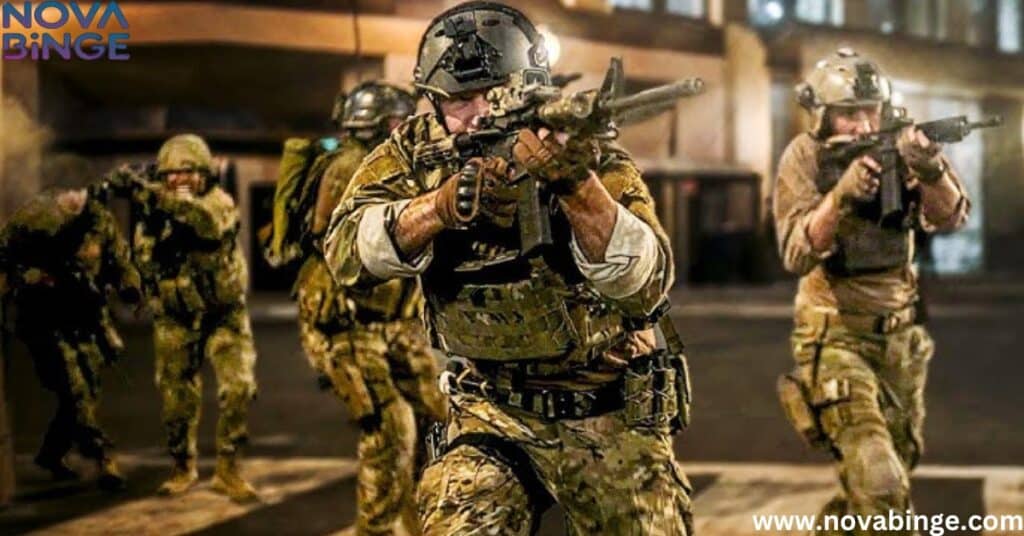
The Actors’ Experiences: Bringing Characters to Life in Real Spaces
For the cast of “Civil War,” the locations played a crucial role in shaping their performances. Kirsten Dunst, portraying a veteran war photographer, found herself deeply affected by the environments.
“There’s something about standing in the real Lincoln Memorial, even if it’s dressed up for the film, that hits you hard,” Dunst shared. “It makes the stakes feel so much more real.”
Wagner Moura, playing Joel, a fellow journalist, echoed this sentiment: “The heat in Atlanta, the constant noise – it all fed into the character’s sense of urgency and discomfort. You didn’t have to act tired; you were tired.”
Memorable Behind-the-Scenes Moments:
- A scene in London was interrupted by a real protest, which the quick-thinking director incorporated into the background.
- In Atlanta, an unexpected downpour created a continuity nightmare but led to one of the film’s most visually striking sequences.
- During filming in D.C., several cast members were mistaken for real journalists by tourists, leading to impromptu interviews about fictional events.
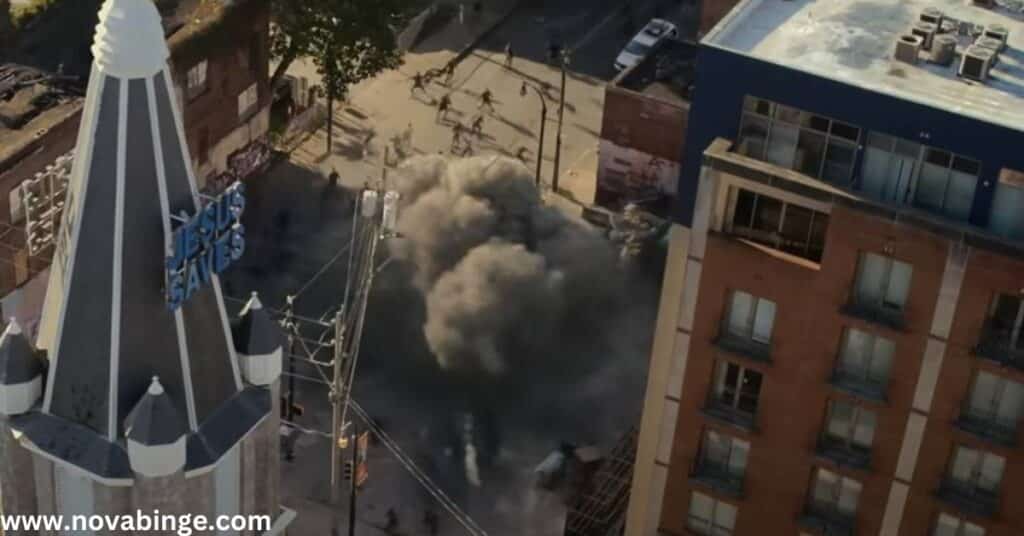
Easter Eggs and Hidden Details: A Treasure Hunt for Viewers
Alex Garland is known for his attention to detail, and “Civil War” is no exception. The film is peppered with location-specific references and historical nods that reward attentive viewers.
Hidden Gems to Look Out For:
- Atlanta: Keep an eye out for a mural featuring civil rights leaders, subtly altered to fit the film’s timeline.
- London: In scenes set in “New York,” sharp-eyed viewers might spot iconic London phone boxes carefully hidden in the background.
- Washington D.C.: The film’s depiction of the Lincoln Memorial includes a subtle change to the inscription, hinting at the alternate history of the film’s world.
Conclusion: Location as the Invisible Character
In “Civil War,” the filming locations are more than just backdrops; they’re characters in their own right, shaping the narrative and the viewers’ experience in profound ways.
From the sweltering streets of Atlanta to the historic corridors of power in Washington D.C., each location brings its own flavor to the story.
The film’s seamless blend of real locations and crafted sets creates a world that feels unnervingly plausible, forcing viewers to confront uncomfortable questions about society and democracy.
As these locations return to their normal state post-filming, they carry with them the echoes of the story they helped tell.
For fans of the film, these places may never look quite the same again, serving as real-world anchors to Alex Garland’s unsettling vision.
“Civil War” stands as a testament to the power of location in filmmaking. It reminds us that in the world of cinema, where we tell a story can be just as important as the story itself.
FAQs: Digging Deeper into “Civil War” Locations
Q: Were any scenes filmed entirely on green screen?
A: While green screen was used for extensions and enhancements, the production prioritized real locations. Less than 15% of the film was shot purely on green screen.
Q: How did locals participate in the filming process?
A: Many locals were hired as extras, particularly for large crowd scenes. In Atlanta, some residents even allowed their homes to be used as safe houses for characters.
Q: What was the most challenging location to secure for filming?
A: The areas around the White House in Washington D.C. proved most challenging due to security concerns and the need for extensive permissions.
Q: Are there any filming locations fans can visit?
A: Yes! Many locations in Atlanta, such as Castleberry Hill and Stone Mountain Park, are open to the public. In D.C., the National Mall and exterior locations are freely accessible.
Q: How long did filming take in each major location?
A: Filming lasted approximately 8 weeks in Atlanta, 3 weeks in London, and 1 week in Washington D.C.

David Lee is a seasoned writer specializing in filming locations. With a keen eye for detail and a passion for cinema, David explores the stories behind iconic sites and shares unique insights that bring your favorite films and series to life.

